Home>Furniture & Design>Interior Design Trends>What Is Frit Glass
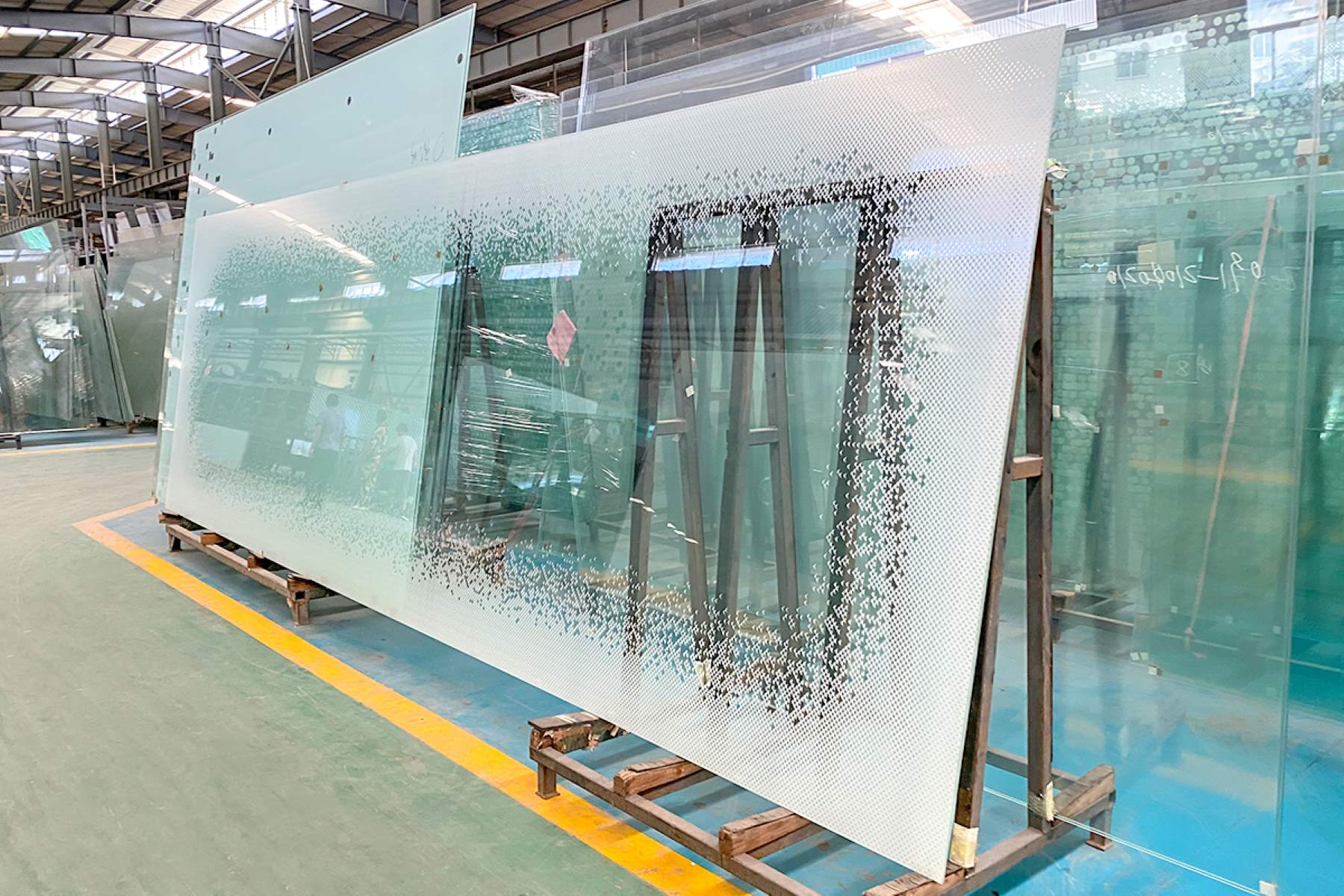

Interior Design Trends
What Is Frit Glass
Modified: March 19, 2024
Discover the latest interior design trend with frit glass. Learn how this innovative material can elevate your space and add a touch of modern elegance. Explore the possibilities today!
(Many of the links in this article redirect to a specific reviewed product. Your purchase of these products through affiliate links helps to generate commission for Storables.com, at no extra cost. Learn more)
Introduction
Frit glass is a versatile and innovative material that has been gaining popularity in the interior design world. This unique type of glass offers a blend of functionality and aesthetic appeal, making it a sought-after choice for various design applications. From its intriguing manufacturing process to its diverse range of applications, frit glass has captured the attention of designers, architects, and homeowners alike.
The allure of frit glass lies in its ability to seamlessly integrate artistry and practicality. Its distinctive appearance, characterized by embedded patterns or designs, adds a touch of elegance and sophistication to any space. Whether used in windows, partitions, or decorative panels, frit glass has the remarkable ability to transform an ordinary surface into a captivating focal point.
As we delve into the world of frit glass, we will explore its definition, delve into its rich history, uncover the intricacies of its manufacturing process, and examine its wide-ranging applications. Additionally, we will weigh the advantages and disadvantages of frit glass, shedding light on its unique properties and potential considerations for design projects.
Join us on this journey as we unravel the captivating allure of frit glass and gain a deeper understanding of its impact on the ever-evolving landscape of interior design.
Key Takeaways:
- Frit glass is a durable and visually striking material that seamlessly integrates artistry and practicality, offering endless design possibilities for windows, doors, partitions, and decorative panels.
- The history of frit glass dates back to ancient civilizations, showcasing its enduring legacy and adaptability across diverse design eras, making it a compelling choice for contemporary interior design and architectural innovation.
Read more: What Is Fritted Glass
Definition of Frit Glass
Frit glass is a specialized type of glass that is infused with ceramic frit, a finely ground glass powder mixed with inorganic pigments. This unique combination is then fused onto the surface of the glass through a high-temperature heat treatment process. The result is a durable and visually striking material that boasts a wide array of design possibilities.
The application of frit onto the glass surface can be customized to create intricate patterns, images, or even text, offering endless opportunities for artistic expression. This process allows for the creation of translucent or opaque designs, providing designers with the flexibility to control the level of privacy and light transmission within a space.
One of the defining characteristics of frit glass is its versatility. It can be utilized in various architectural and interior design elements, including windows, doors, partitions, and decorative panels. The ability to tailor the frit application to specific design requirements makes frit glass a highly adaptable and customizable material.
Furthermore, frit glass is renowned for its durability and resistance to environmental factors, making it suitable for both interior and exterior applications. Its ability to withstand exposure to sunlight, moisture, and temperature variations makes it an ideal choice for architectural projects that demand longevity and performance.
In essence, frit glass represents a harmonious fusion of glass and ceramic technologies, resulting in a material that seamlessly integrates artistic expression with functional utility. Its ability to transform spaces through captivating designs and practical features has positioned frit glass as a compelling choice for contemporary interior design and architectural applications.
History of Frit Glass
The history of frit glass can be traced back to ancient civilizations, where the art of fusing glass with ceramic materials was practiced to create decorative and functional objects. The origins of fritted glass can be linked to the techniques used in glassmaking, particularly the incorporation of powdered glass and pigments to achieve desired visual effects.
The utilization of fritted glass dates back to the Roman Empire, where artisans employed this technique to produce intricate glassware and mosaics. The fusion of glass and ceramic materials allowed for the creation of vibrant and enduring designs, showcasing the early applications of frit glass in artistic and architectural contexts.
During the Middle Ages, the production of stained glass windows flourished, and the incorporation of fritted glass became prevalent in the creation of elaborate religious and secular artworks. The use of fritted glass enabled artisans to introduce a diverse range of colors and patterns, contributing to the breathtaking visual narratives depicted in stained glass compositions.
The evolution of frit glass continued into the Renaissance period, where advancements in glassmaking techniques led to the refinement of fritting processes. This era witnessed the emergence of intricate fritted glass designs adorning palaces, cathedrals, and noble residences, symbolizing the fusion of artistry and architectural innovation.
In the modern era, the application of frit glass expanded beyond traditional stained glass production, finding its place in contemporary architectural and interior design. The development of advanced manufacturing technologies has enabled the creation of custom fritted glass panels, offering designers unparalleled freedom to incorporate intricate patterns and imagery into architectural elements.
Today, frit glass stands as a testament to the enduring legacy of glassmaking traditions, continually evolving to meet the demands of modern design and construction. Its rich historical lineage, spanning from ancient civilizations to present-day innovations, underscores the timeless allure and adaptability of frit glass in shaping the visual landscape of interior and architectural design.
Manufacturing Process
The manufacturing process of frit glass involves a meticulous fusion of glass and ceramic frit, culminating in the creation of a durable and visually captivating material. This intricate process begins with the selection of high-quality glass, chosen for its clarity, strength, and suitability for fritting. The glass is then meticulously cleaned to ensure a pristine surface, free from any impurities that could affect the fritting process.
Once the glass is prepared, the ceramic frit, a finely ground mixture of glass powder and inorganic pigments, is applied to the surface in a controlled pattern or design. This application can be achieved through various methods, including silk-screening, roller-coating, or digital printing, depending on the complexity and precision required for the desired fritted design.
Following the application of the ceramic frit, the glass undergoes a high-temperature heat treatment process, known as fusing or fritting. During this critical phase, the glass and ceramic frit are subjected to intense heat, causing the frit to melt and fuse with the glass surface. This fusion process results in a permanent bond between the frit and the glass, creating a resilient and enduring design that is integral to the glass itself.
The heat treatment not only fuses the frit to the glass but also imparts strength and durability to the material, making it suitable for a wide range of architectural and interior design applications. Additionally, the fritting process allows for the customization of light transmission and privacy levels, as the density and opacity of the fritted areas can be tailored to specific design requirements.
Furthermore, advancements in manufacturing technology have expanded the possibilities of frit glass production, enabling the creation of intricate and detailed designs with remarkable precision. Digital printing techniques, in particular, have revolutionized the fritting process, offering designers the flexibility to realize complex and multilayered patterns on glass surfaces.
In essence, the manufacturing process of frit glass exemplifies the seamless integration of artistry and technology, resulting in a material that transcends traditional glass applications. The precision, durability, and aesthetic versatility achieved through the fritting process underscore the enduring appeal of frit glass in contemporary interior design and architectural innovation.
Applications of Frit Glass
Frit glass finds diverse and compelling applications across the realms of interior design and architecture, offering a blend of aesthetic allure and functional versatility. Its ability to seamlessly integrate artistic expression with practical utility has positioned frit glass as a favored choice for a wide array of design elements. From enhancing privacy to creating captivating visual effects, frit glass has made its mark in the following applications:
Read more: What Is Water Glass
1. Windows and Doors
Frit glass is extensively utilized in the creation of windows and doors, where its customizable fritted patterns and designs add a touch of elegance while offering privacy and light control. Whether employed in residential or commercial settings, frit glass windows and doors serve as striking focal points, infusing spaces with a sense of sophistication and visual intrigue.
2. Partitions and Screens
In interior design, frit glass partitions and screens serve as versatile elements that delineate spaces while maintaining a sense of openness. The application of fritted designs on these surfaces allows for the diffusion of light and the creation of visually dynamic environments, making them ideal for offices, hospitality venues, and residential interiors.
3. Decorative Panels and Cladding
Frit glass decorative panels and cladding add an artistic dimension to architectural facades and interior walls. The incorporation of custom fritted designs enables the creation of captivating visual narratives, transforming mundane surfaces into captivating works of art. These panels serve as a testament to the seamless integration of artistry and architectural functionality.
4. Signage and Branding
The versatility of frit glass extends to signage and branding applications, where custom fritted designs convey corporate identities and artistic expressions. Whether used for exterior signage or interior branding elements, frit glass offers a unique canvas for showcasing logos, graphics, and text, elevating brand visibility in a visually compelling manner.
Read more: What Is OEM Glass
5. Art Installations
Frit glass serves as a medium for artistic expression, allowing designers and artists to create captivating installations that harness the interplay of light, color, and texture. From public art installations to interior focal points, frit glass art pieces showcase the boundless creative potential of this versatile material.
6. Lighting Fixtures
The integration of frit glass in lighting fixtures introduces a captivating interplay of illumination and design. Whether used in pendant lights, sconces, or decorative lamps, frit glass imbues lighting elements with a sense of artistry, casting mesmerizing patterns and textures that enrich interior spaces.
In essence, the applications of frit glass span a spectrum of design possibilities, from functional elements to artistic expressions. Its ability to elevate privacy, introduce captivating visual effects, and seamlessly integrate with architectural and interior design elements underscores its enduring relevance in shaping contemporary built environments.
Advantages and Disadvantages of Frit Glass
Frit glass presents a myriad of advantages that contribute to its widespread adoption in interior design and architectural applications. Its unique properties and customizable features offer designers and architects a versatile material that seamlessly integrates artistic expression with functional utility. However, alongside its numerous benefits, frit glass also presents certain considerations that warrant attention in design and implementation.
Advantages
-
Customizable Designs: Frit glass allows for the creation of custom designs, patterns, and imagery, offering unparalleled artistic freedom in architectural and interior applications. Designers can tailor the opacity, density, and intricacy of fritted patterns to achieve specific aesthetic and functional objectives.
-
Privacy and Light Control: The ability to control light transmission and privacy levels makes frit glass an ideal choice for spaces that require both visual openness and privacy. The customizable fritted designs enable the diffusion of light while maintaining discretion, catering to diverse spatial requirements.
-
Durability and Resilience: Frit glass exhibits exceptional durability and resistance to environmental factors, making it suitable for both interior and exterior applications. Its ability to withstand exposure to sunlight, moisture, and temperature variations ensures long-term performance and visual appeal.
-
Artistic Expression: Frit glass serves as a canvas for artistic expression, allowing designers to infuse spaces with captivating visual narratives. The fusion of glass and ceramic frit facilitates the creation of intricate and vibrant designs, adding a touch of elegance and sophistication to architectural elements.
-
Versatile Applications: From windows and doors to decorative panels and signage, frit glass finds diverse applications across interior and architectural design. Its adaptability and versatility make it a compelling choice for a wide array of design elements, contributing to the seamless integration of artistry and functionality.
Read more: What Is A Highball Glass
Disadvantages
-
Cost Considerations: The customization and manufacturing processes involved in frit glass production can contribute to higher costs compared to standard glass materials. Designers and project stakeholders need to weigh the investment in frit glass against the desired design impact and long-term benefits.
-
Maintenance and Cleaning: The intricate designs and textured surfaces of frit glass may require specialized cleaning and maintenance to preserve their visual appeal. Careful consideration of cleaning protocols and maintenance requirements is essential to ensure the longevity of frit glass installations.
-
Complex Installation: The installation of frit glass, especially in large-scale or custom applications, may require specialized expertise and meticulous attention to detail. Coordination with experienced installers is crucial to ensure the seamless integration of frit glass elements within architectural and interior design projects.
-
Design Limitations: While frit glass offers extensive design possibilities, certain technical limitations may impact the realization of highly intricate or large-scale fritted designs. Designers need to collaborate closely with manufacturers to navigate design constraints and optimize the visual impact of frit glass applications.
In essence, the advantages of frit glass, including its customizable designs, privacy control, durability, and artistic potential, position it as a compelling material for contemporary design projects. However, considerations related to cost, maintenance, installation complexity, and design limitations underscore the importance of informed decision-making and strategic integration of frit glass within architectural and interior design endeavors.
Conclusion
In conclusion, the captivating allure of frit glass transcends its functional utility, encompassing a rich tapestry of artistic expression, architectural innovation, and enduring visual impact. From its origins in ancient glassmaking traditions to its contemporary applications in interior design and architecture, frit glass stands as a testament to the seamless integration of artistry and technology.
The definition of frit glass as a fusion of glass and ceramic frit encapsulates its transformative potential, offering designers and architects a versatile medium to realize their creative visions. The customizable designs, privacy control, durability, and artistic potential of frit glass underscore its relevance in shaping contemporary built environments.
The history of frit glass reflects its evolution from ancient fritting techniques to modern manufacturing advancements, showcasing its enduring legacy and adaptability across diverse design eras. The fusion of glass and ceramic materials has not only elevated the aesthetic appeal of frit glass but also reinforced its durability and resilience, making it a material of choice for architectural and interior applications.
The manufacturing process of frit glass exemplifies the harmonious blend of precision and artistry, culminating in the creation of durable and visually captivating material. The meticulous fusion of glass and ceramic frit, coupled with advancements in digital printing techniques, has expanded the design possibilities of frit glass, offering unparalleled freedom for intricate and multilayered patterns.
The applications of frit glass span a spectrum of design elements, from windows and doors to decorative panels and lighting fixtures, showcasing its versatility and adaptability in diverse spatial contexts. Its ability to seamlessly integrate with architectural and interior design elements underscores its enduring relevance in shaping contemporary built environments.
In weighing the advantages and disadvantages of frit glass, it is evident that informed decision-making and strategic integration are essential for harnessing its full potential within design projects. The considerations related to cost, maintenance, installation complexity, and design limitations underscore the importance of a holistic approach to frit glass implementation.
In essence, frit glass represents a harmonious fusion of artistry and functionality, offering designers and architects a medium to infuse spaces with captivating visual narratives and enduring design impact. Its timeless allure and adaptability position frit glass as a compelling choice for contemporary interior design and architectural innovation, shaping the visual landscape of built environments with elegance and sophistication.
Frequently Asked Questions about What Is Frit Glass
Was this page helpful?
At Storables.com, we guarantee accurate and reliable information. Our content, validated by Expert Board Contributors, is crafted following stringent Editorial Policies. We're committed to providing you with well-researched, expert-backed insights for all your informational needs.
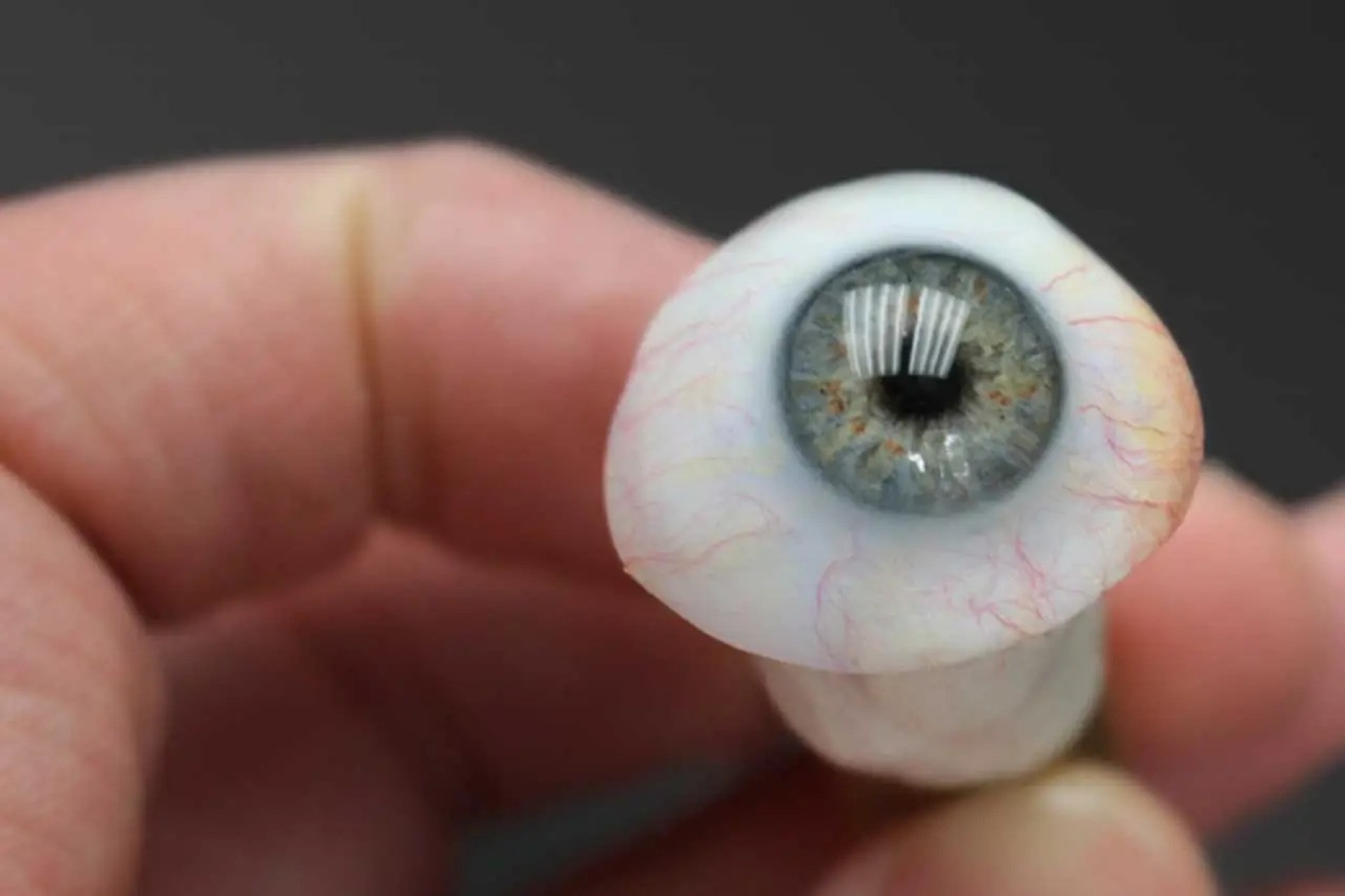
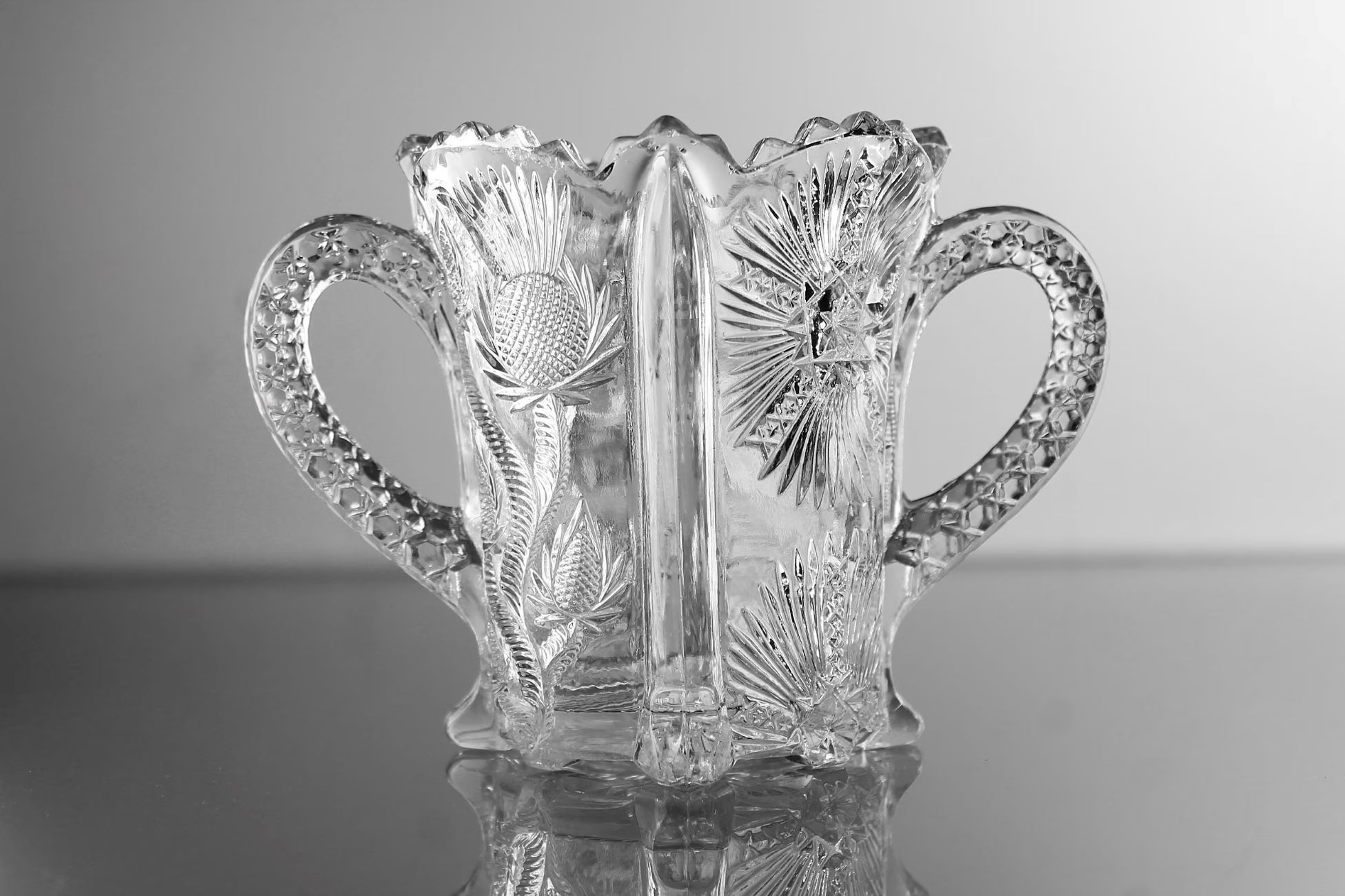
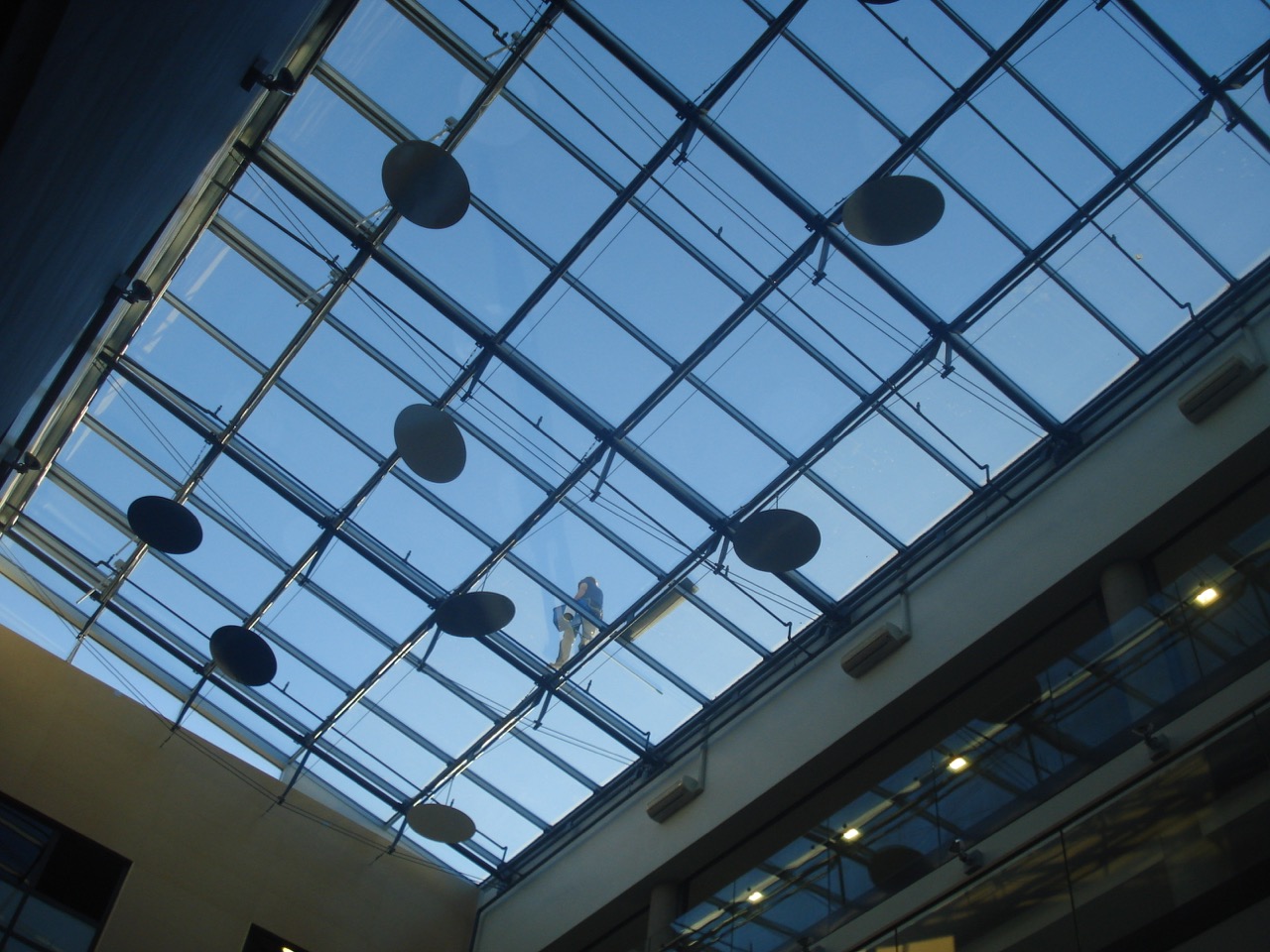
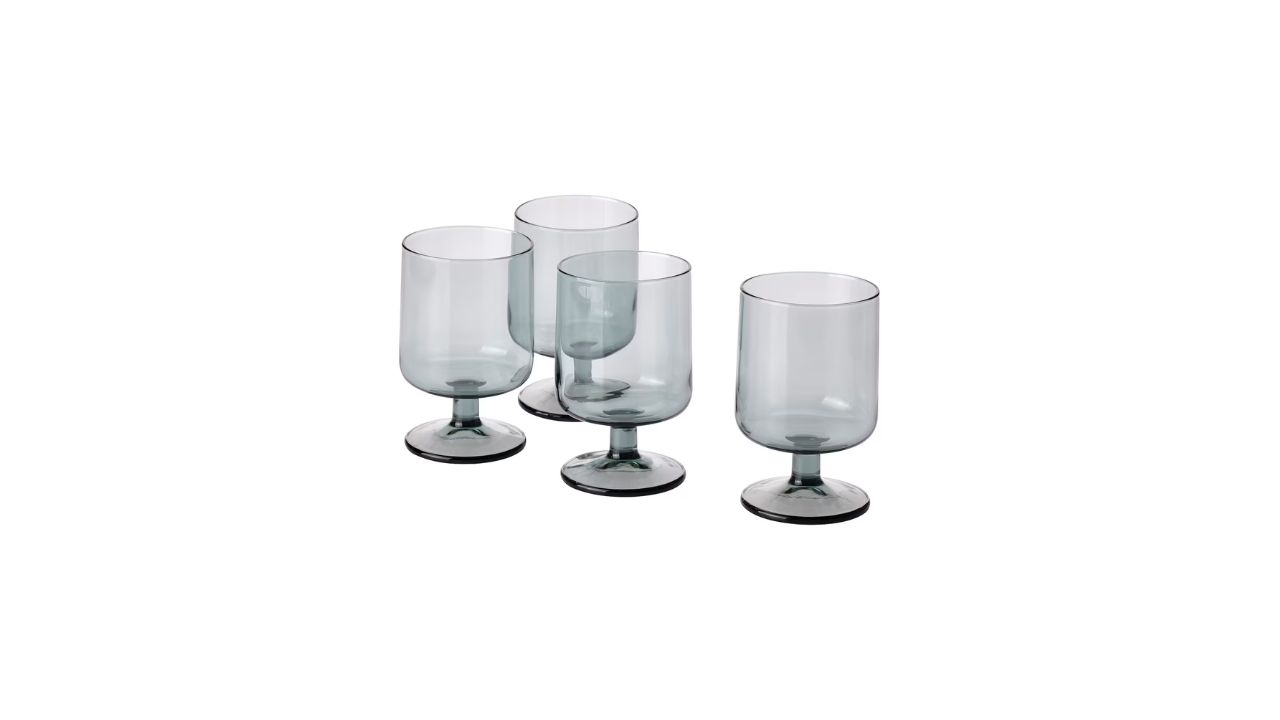
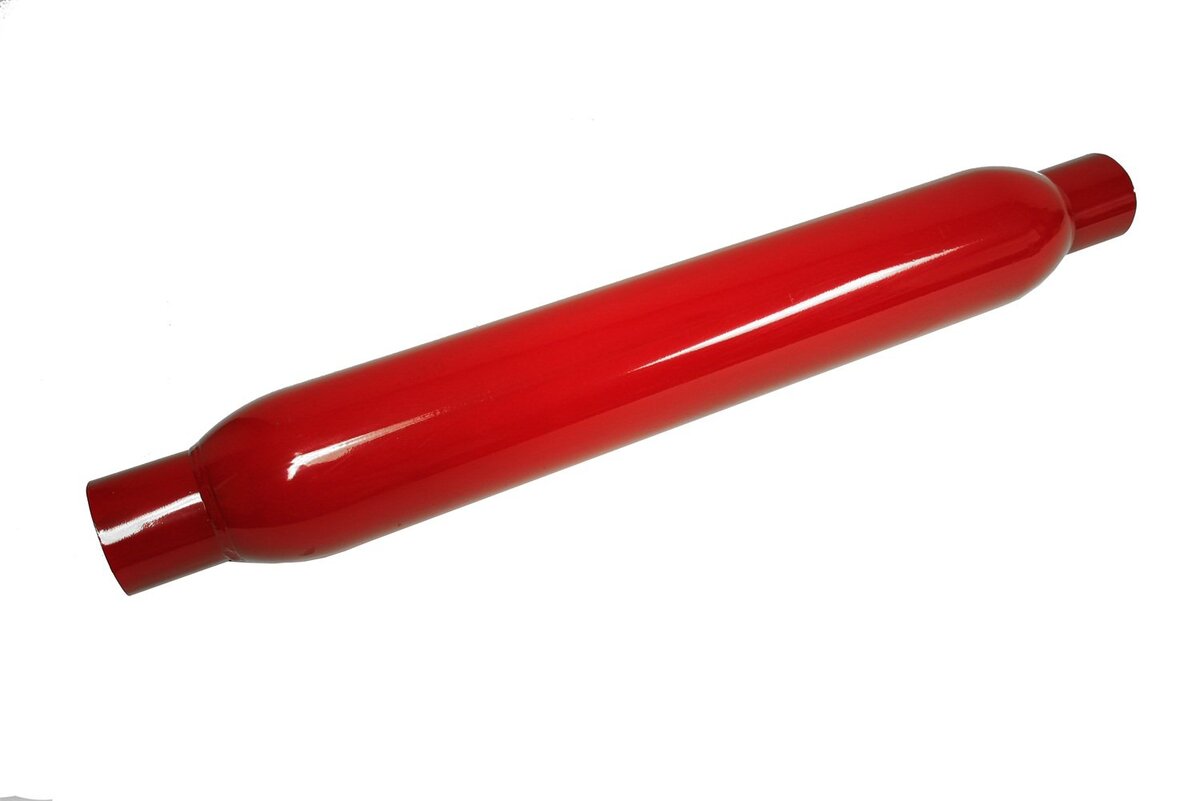
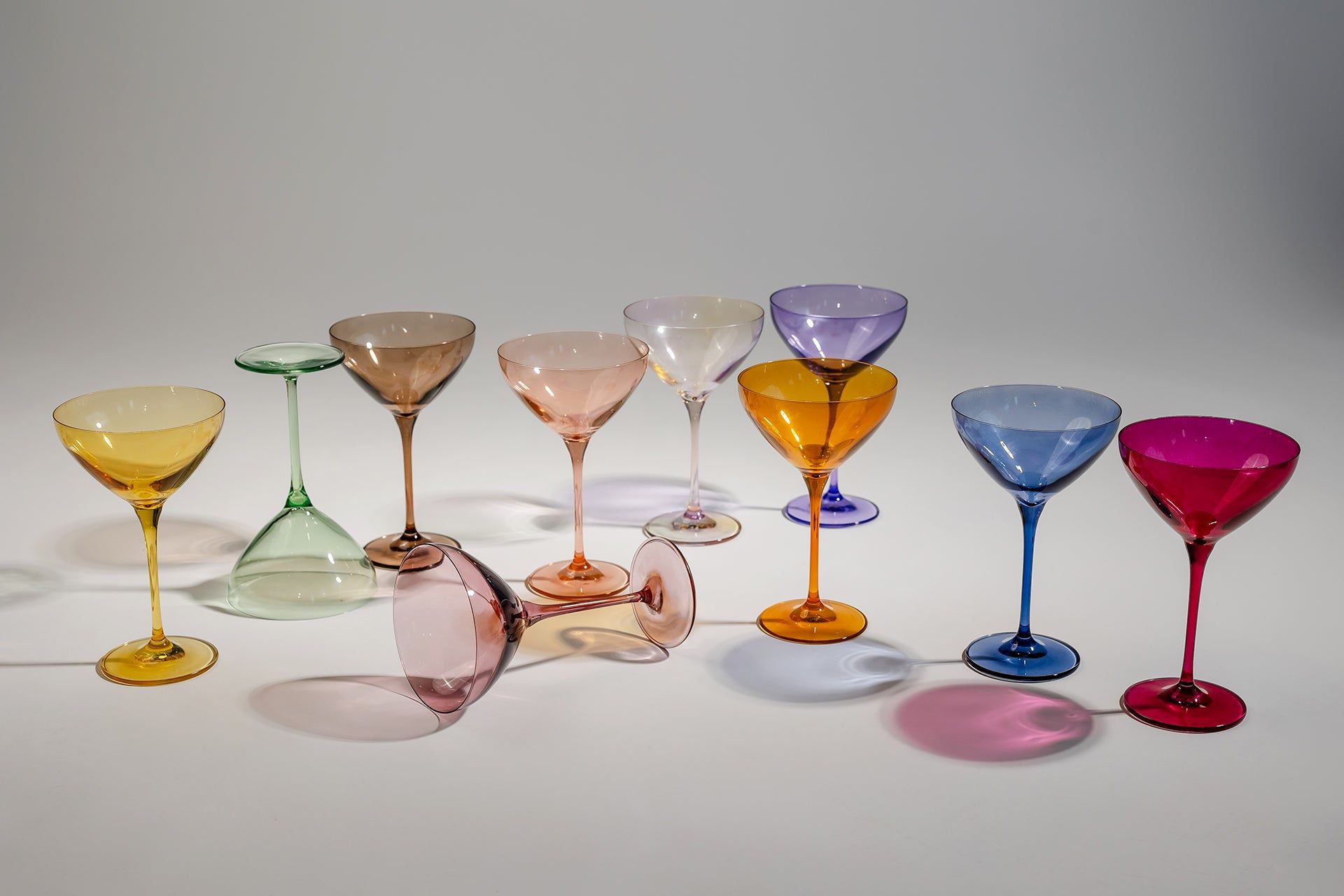

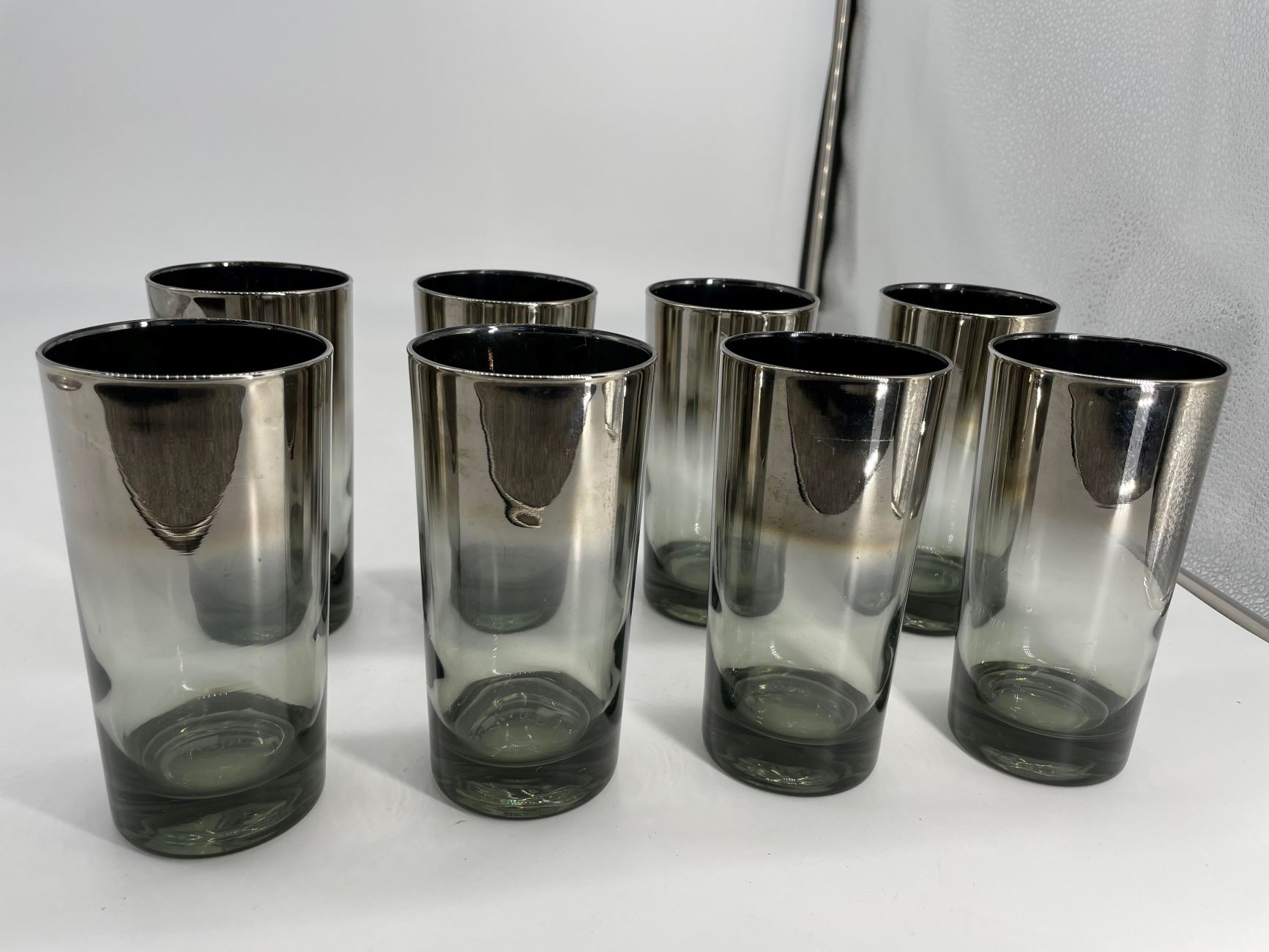
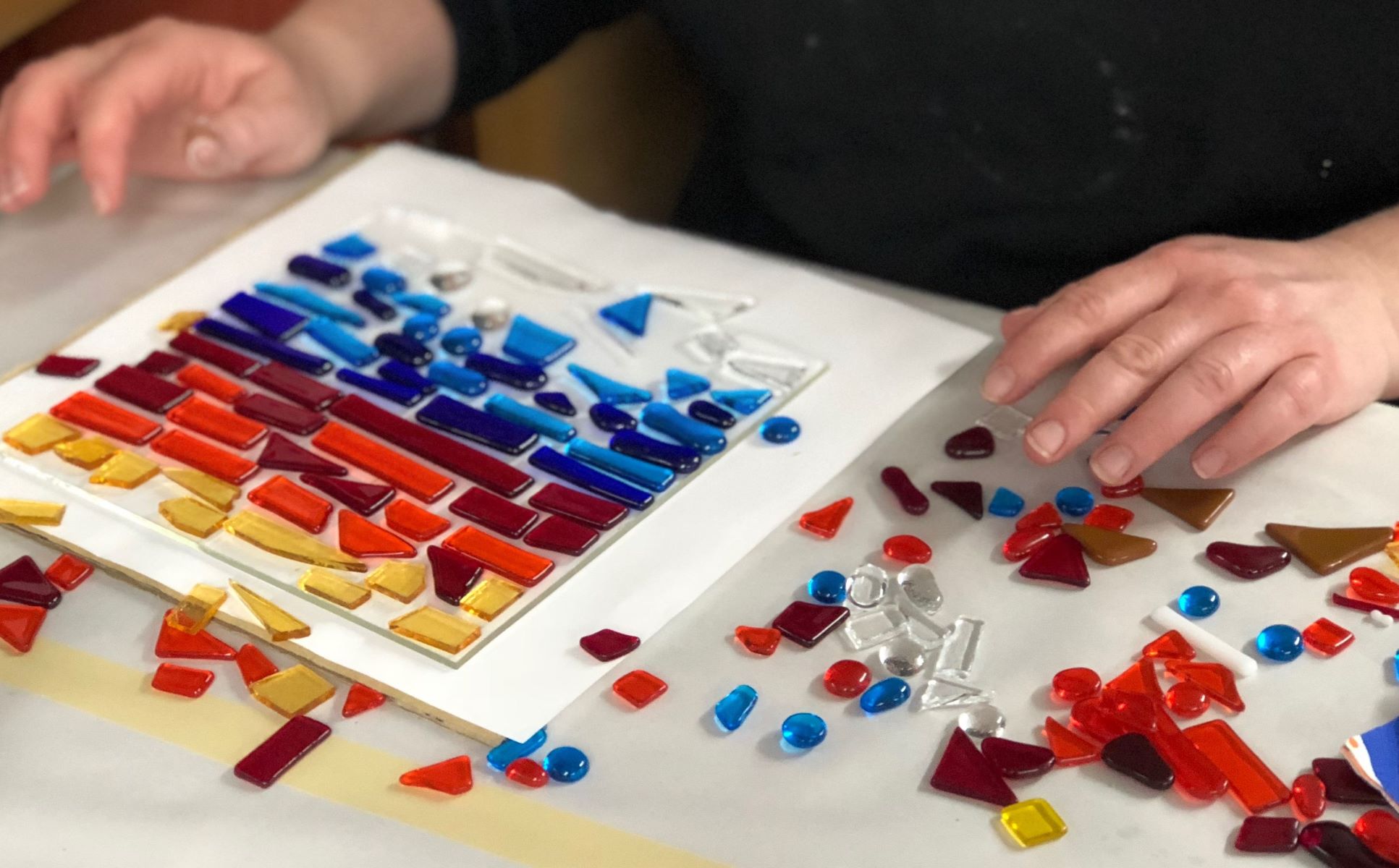
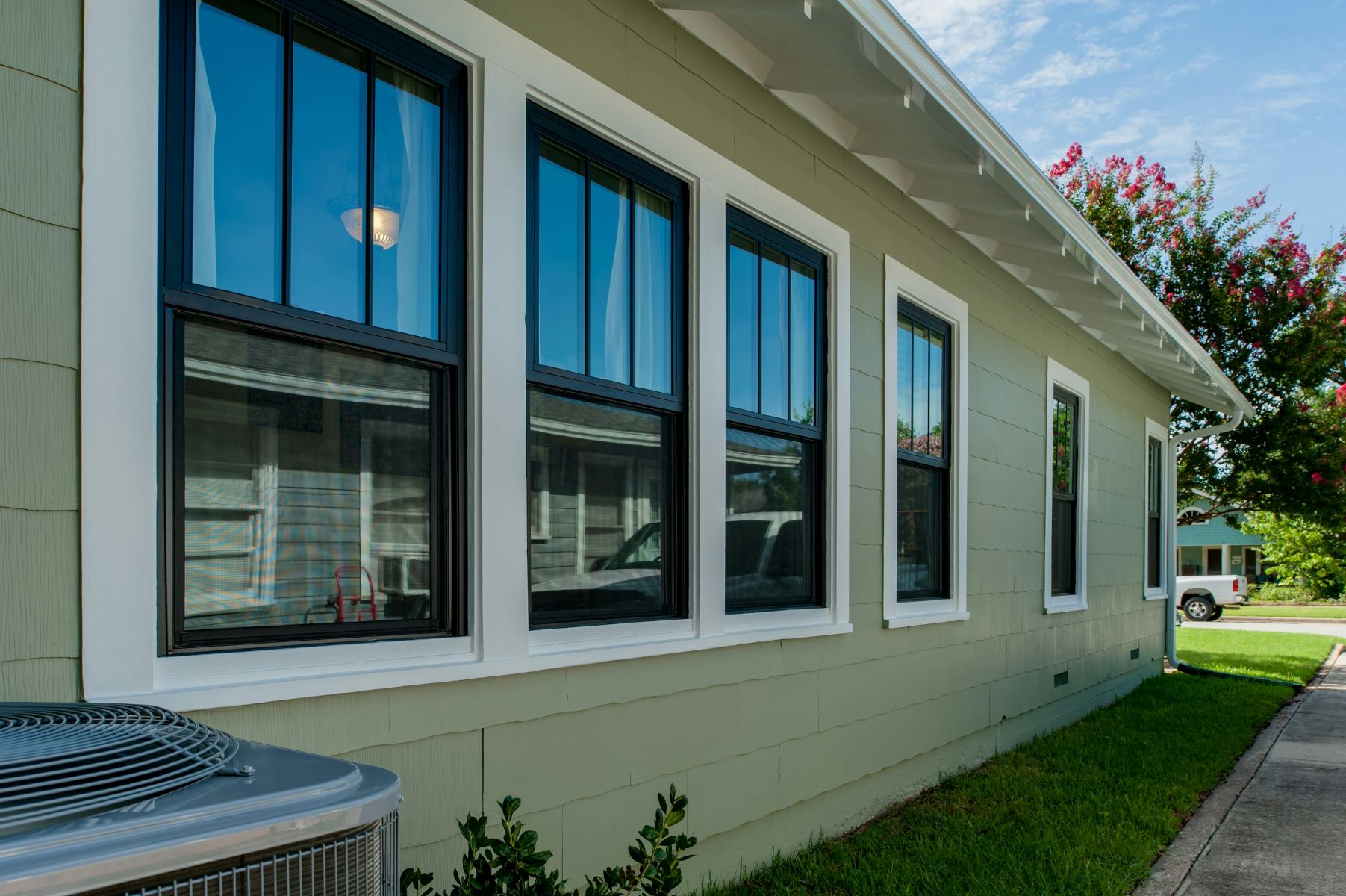
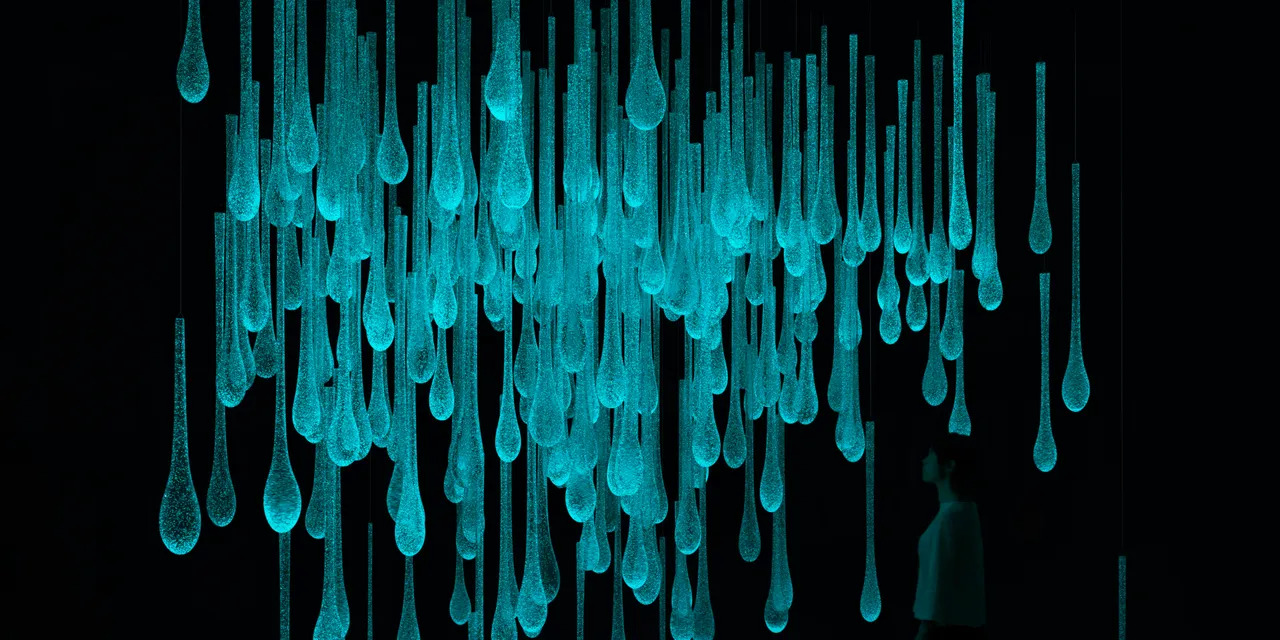


0 thoughts on “What Is Frit Glass”